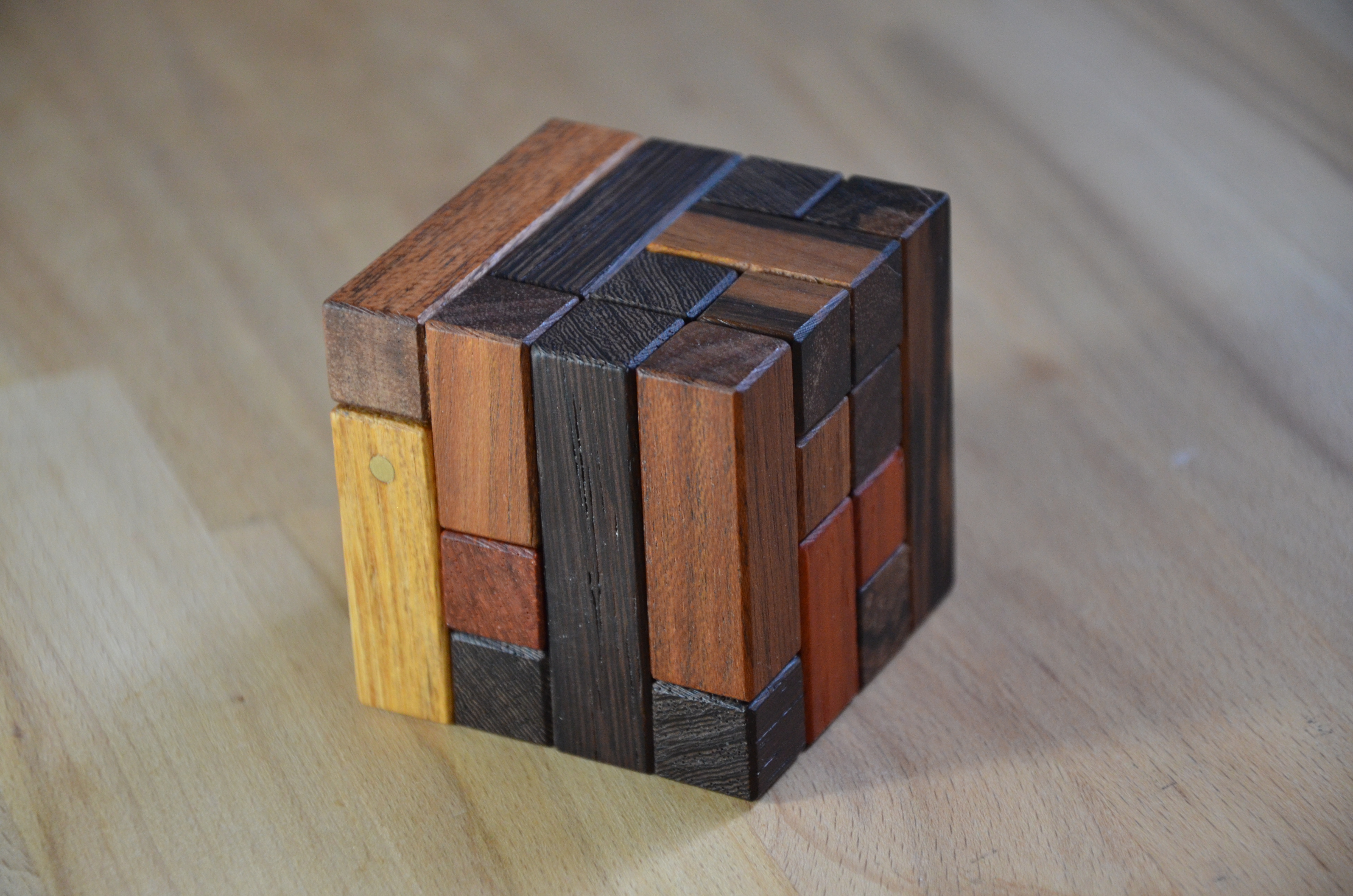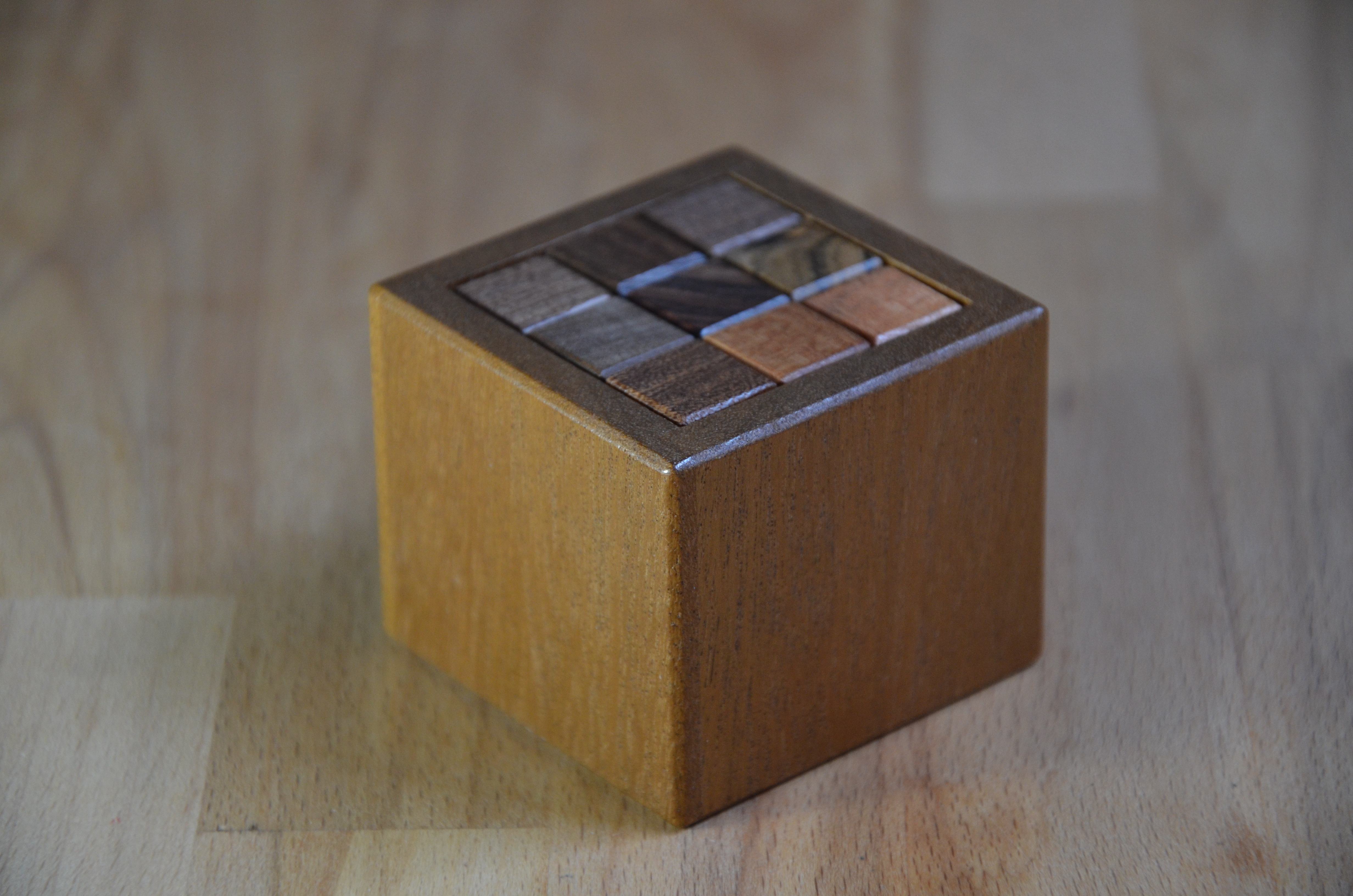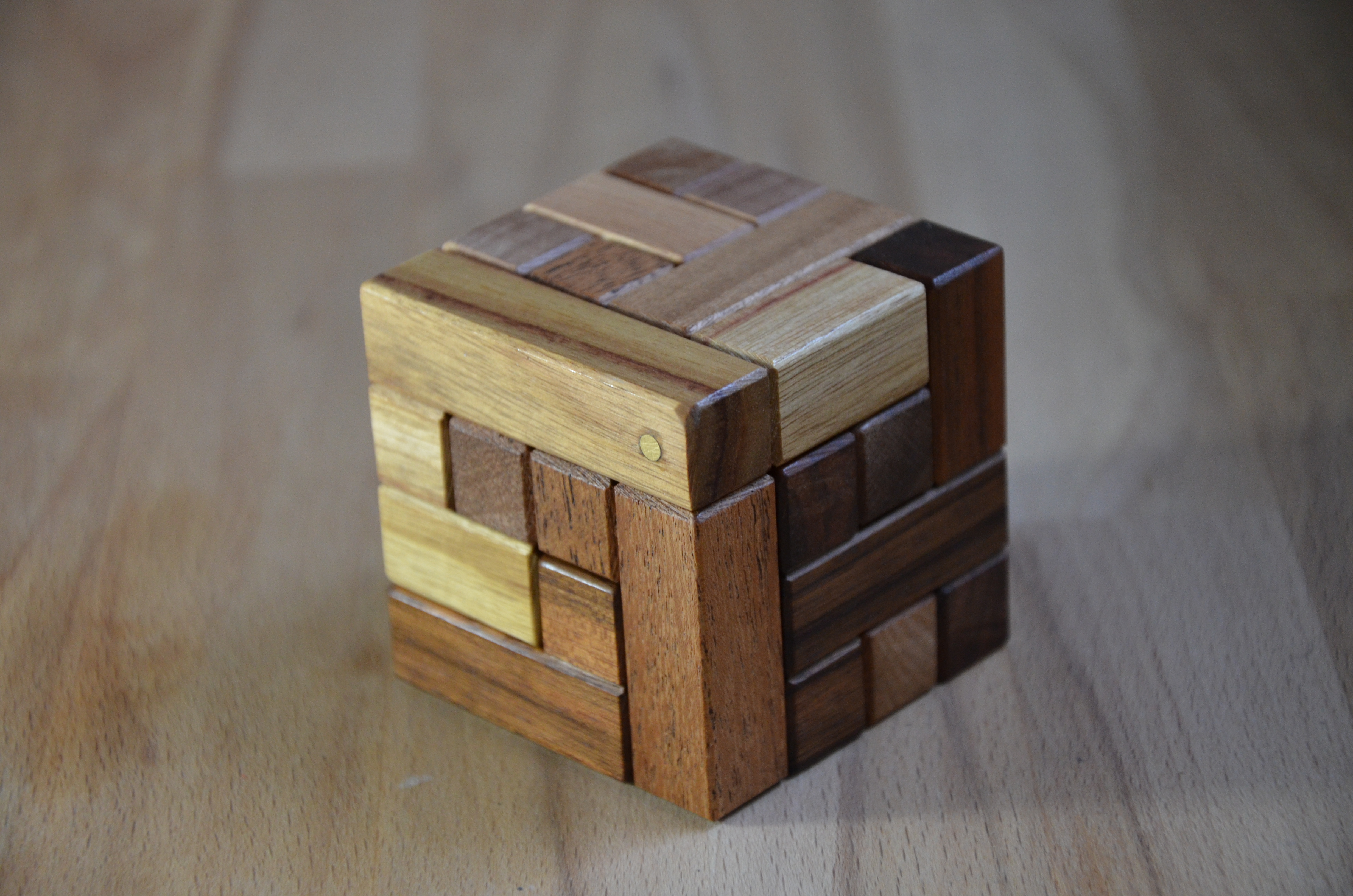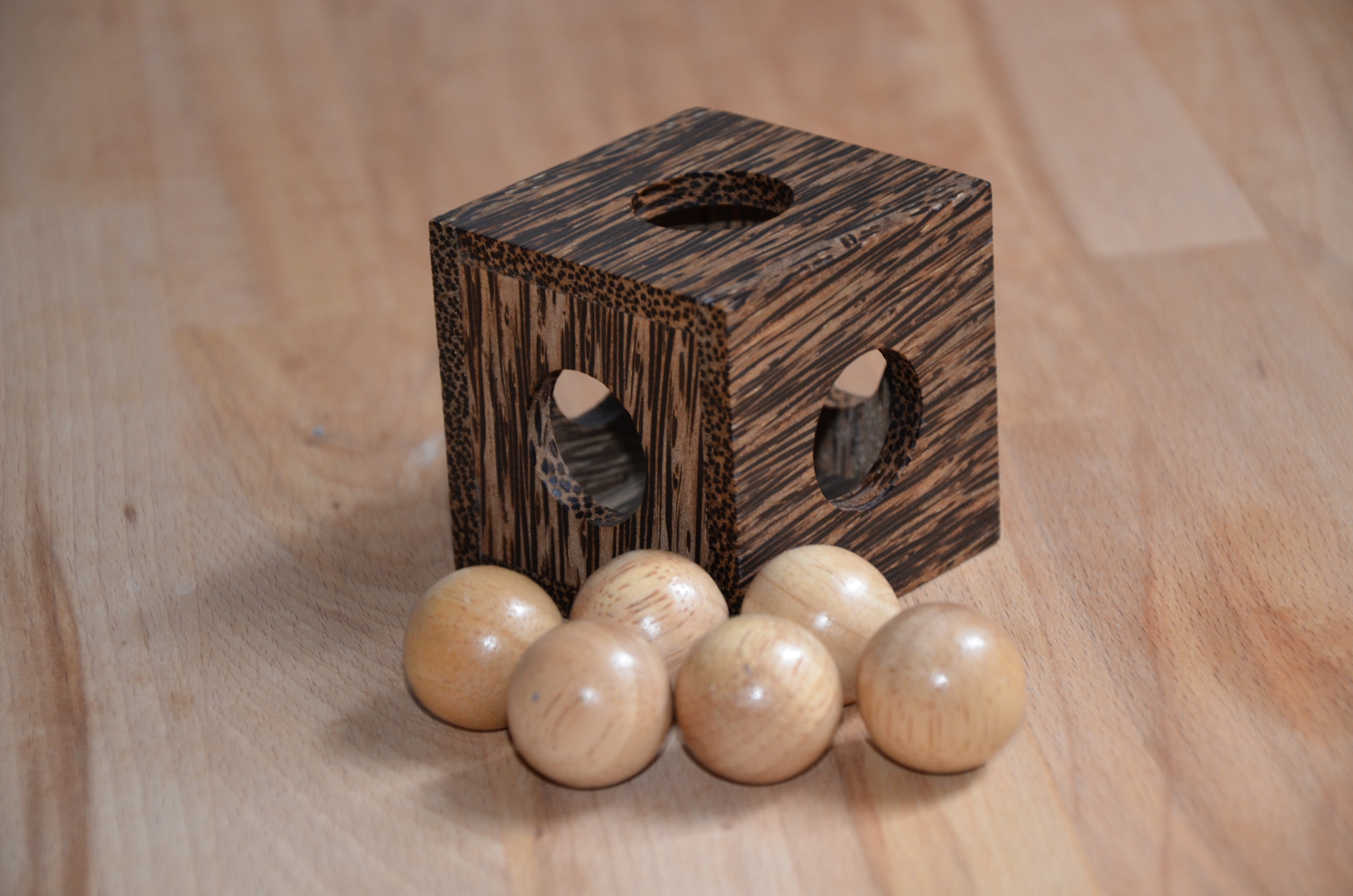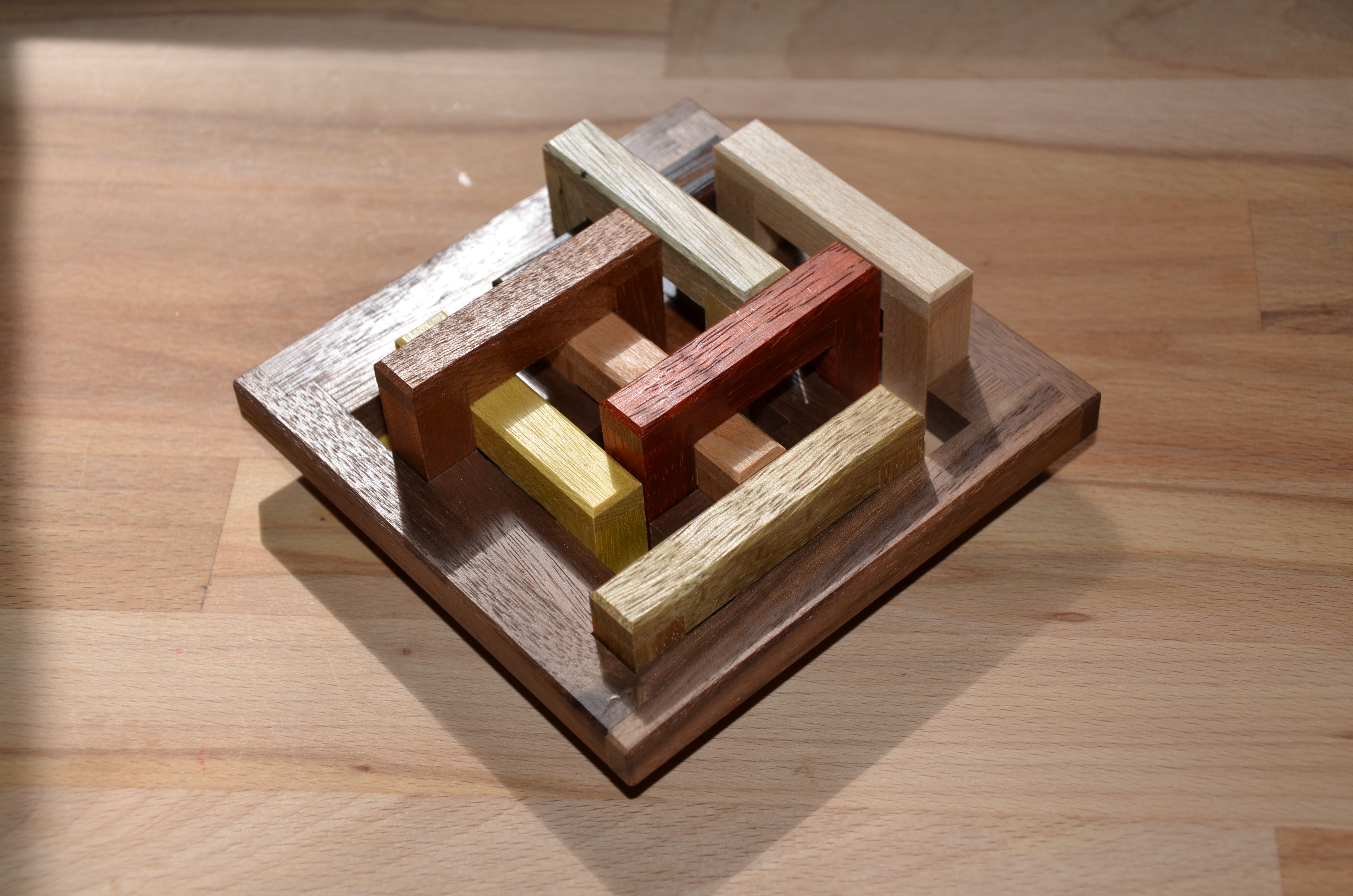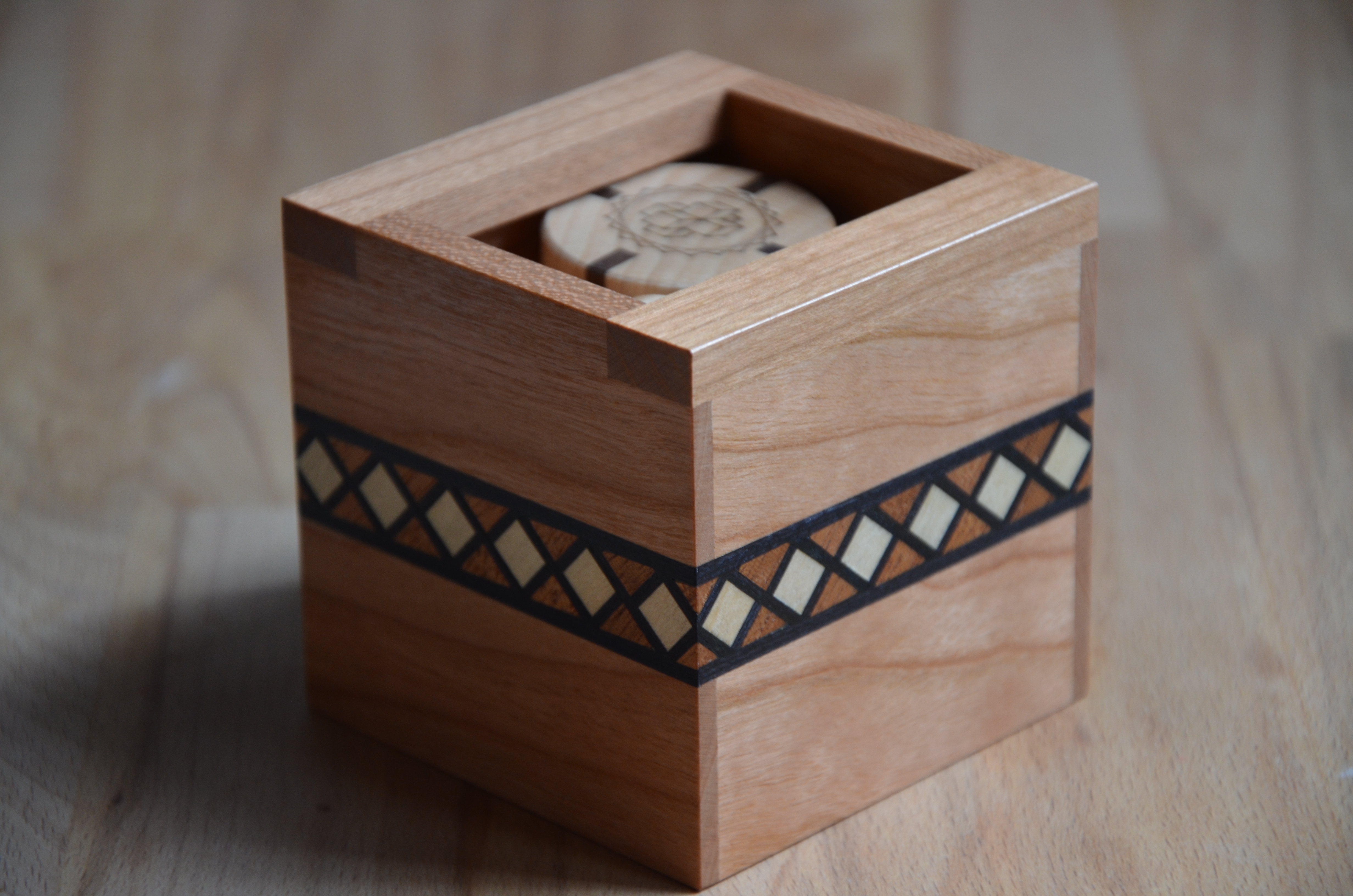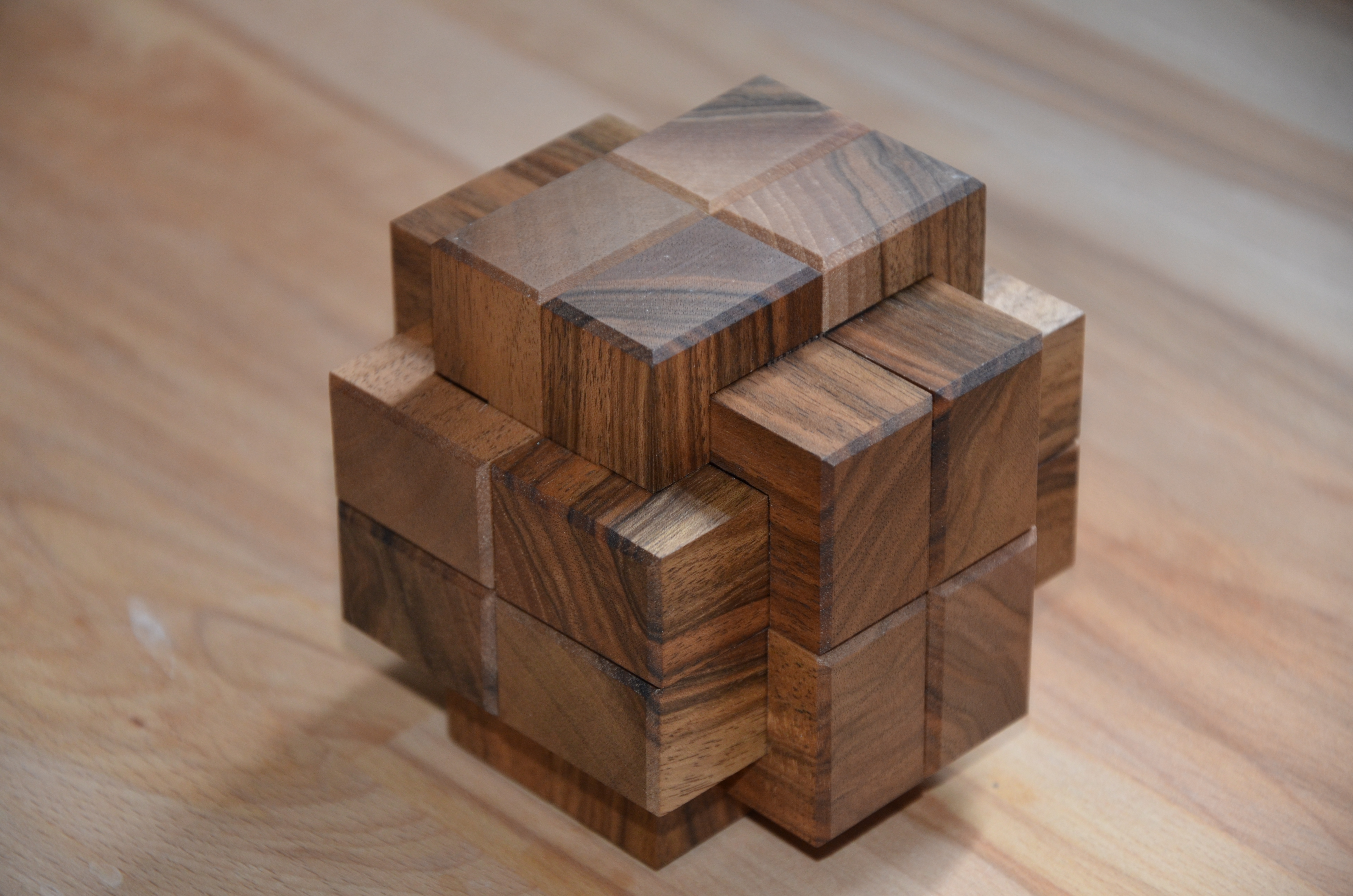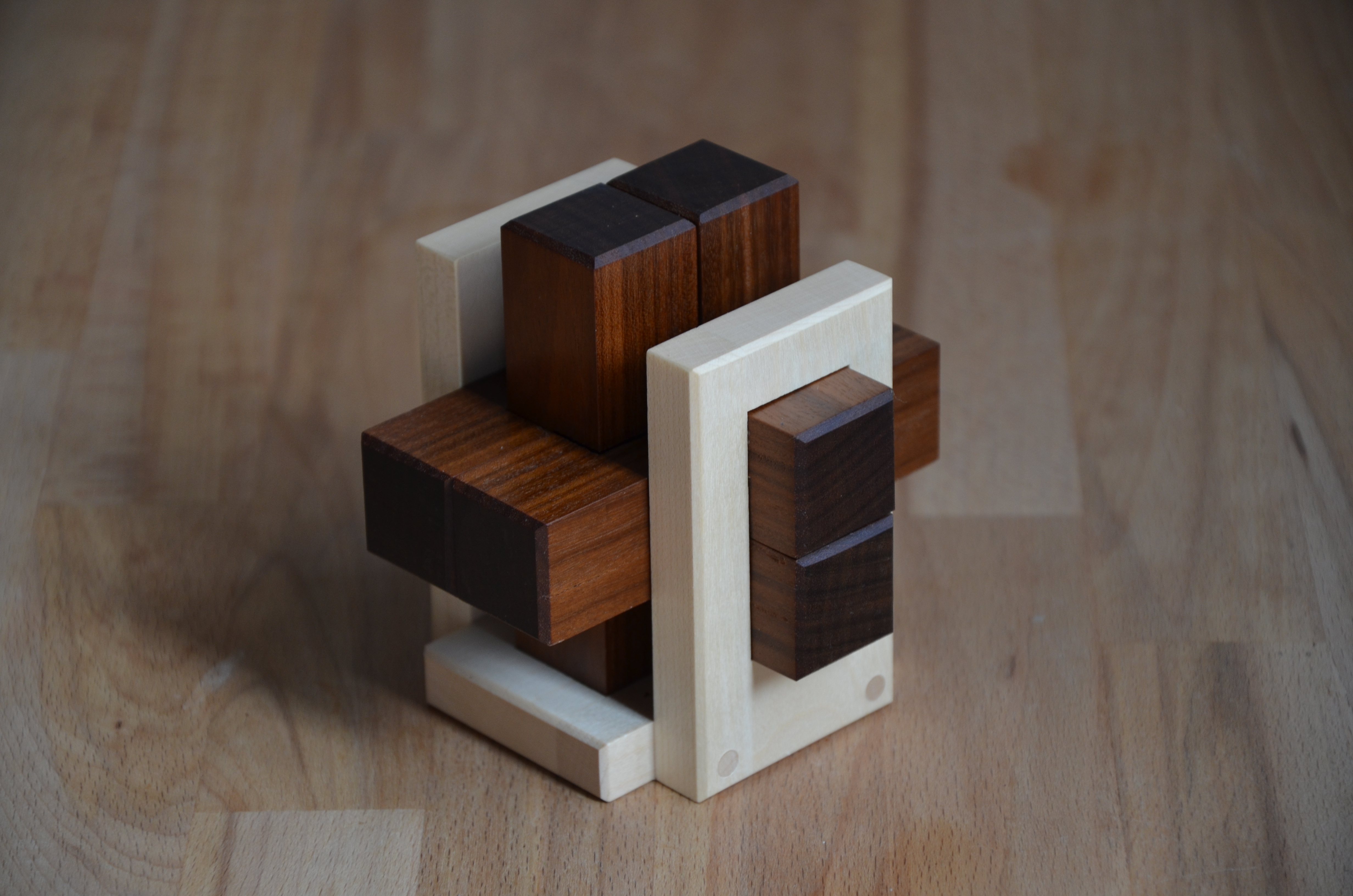Wood
-
Read More: LunaTIC – Andrew CrowellWell, after a fairly long break, I’m back in the saddle again! This time I…
-
Read More: PackTIC #7 – Andrew CrowellThis week I have another TIC from Woodwonders. It’s PackTIC #7 and boy, did this…
-
Read More: FanaTIC – Andrew CrowellWow! I am sure excited for this one. I have FanaTIC designed by Andrew Crowell…
-
Read More: Tower of London – Dr. Volker LatussekI recently ordered a handful of puzzles from Rombol.de and among them is Tower of…
-
Read More: TEETOTUM – Alfons EyckmansOk, here we go. We have Teetotum designed Alfons Eyckmans and wonderfully crafted by Pelikan…
-
Read More: Notes – Tamas VanyoThis week, I’m working with Notes, designed by Tamas Vanyo and created by Eric Fuller…
-
Read More: Casino – Dr. Volker LatussekLast Friday, I received a shipment from Cubicdissection.com with 6 different puzzles including Casino, Split…
-
Read More: ARACNA – Alfons EyckmansOk, Today I have ARACNA by Alfons Eyckmans. The name makes sense considering what is…
-
Read More: Blocage – Stéphane ChomineWooo yeah. I’m still buzzing from having just completed Blocage, design by Stephane Chomine and…
